When do you use air barriers, vapor barriers and radiant barriers?
Hello,
You're site is full of very useful information and much appreciated, so I know it's me but I get more confused on what I need the more I try to study it.
We have a 26x40 pole building with steel roof and siding that we want to turn into a conditioned space year around. We will have a vented attic and 12' tall walls. We plan on using hemp batt insulation in the walls and attic floor (ceiling of living space).
We live in Iowa in a county that has no code because we won't be living in this space.
I'm confused if I need a radiant, vapor or air barrier or all three.
Any guidance or help is very much appreciated!
Thanks,
Brandon

















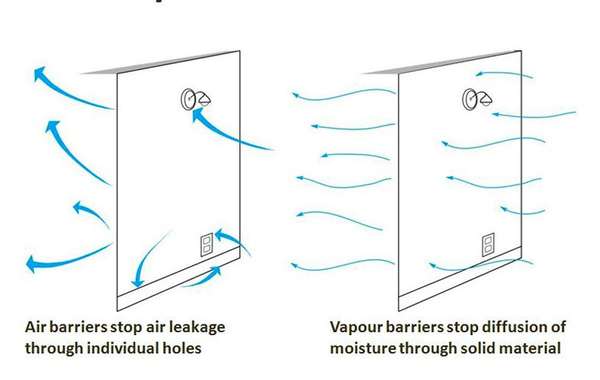
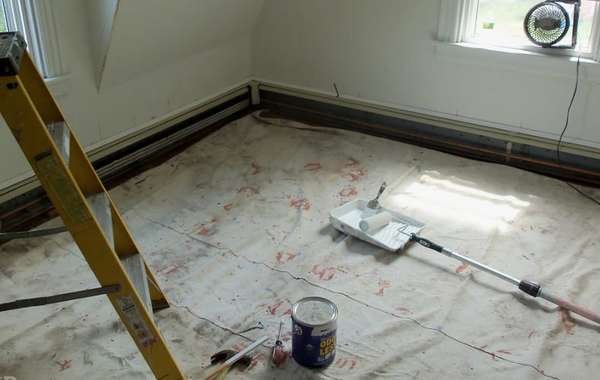
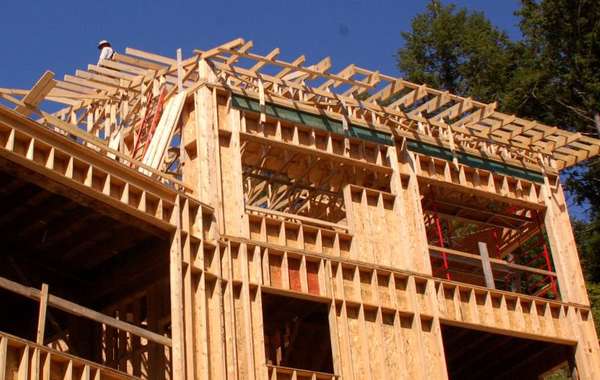
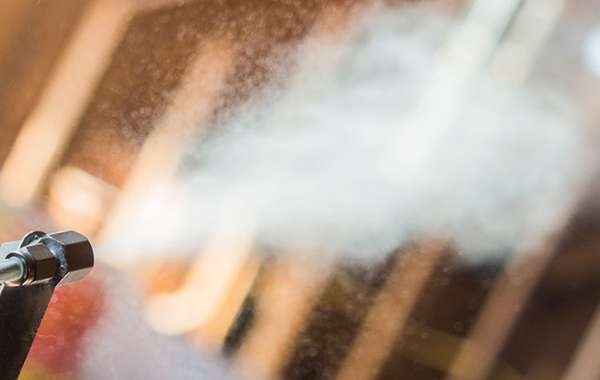
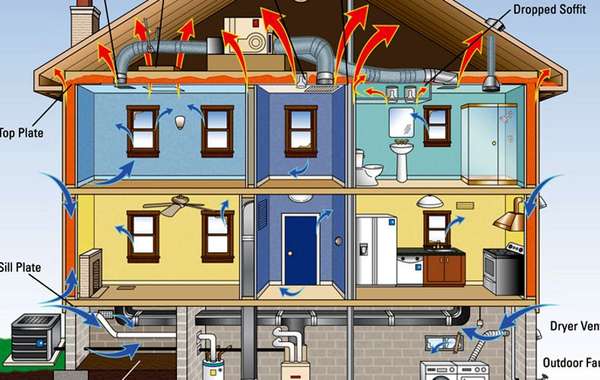
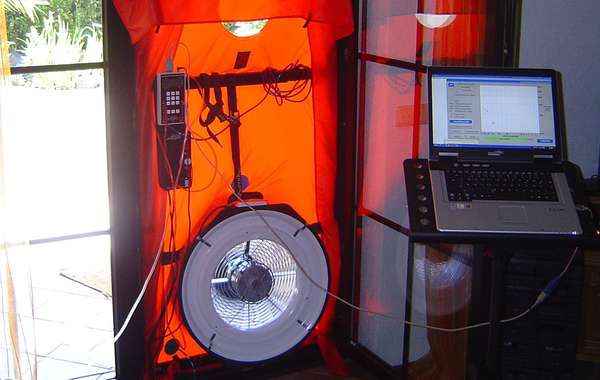
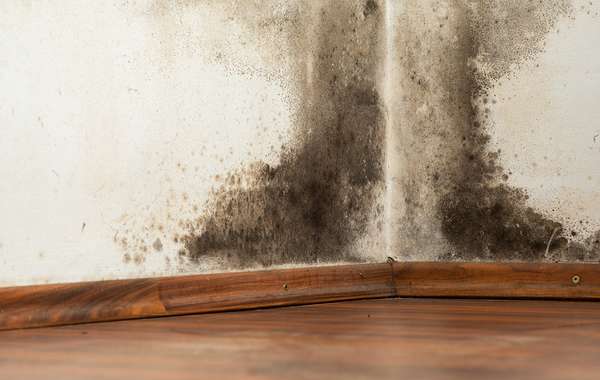
Air barriers and vapor barriers have two very different roles, even if they rely on the same actual wall component to perform as intended, which is usually 6-mil poly. To learn what they do I would first point you to these pages here -
The difference between air and vapor barriers
Do radiant barriers work and are they worth it?
But I'll leave a brief explanation here anyway - all heated or cooled buildings should be as airtight as possible so you can control the air quality with your ventilation system. And all buildings should have some control layer to manage water vapor based on climate norms for their particular region. That would be an interior vapor barrier in very cold climates, an exterior vapor barrier in hot and humid climates, and possibly vapor retarders in that grey area between the two.
I don't know your exact location so I would check with the local building authorities, but for cold climates you would want an interior vapor barrier. Taking care to install it and tape it well at joints and junctions would make it a good air barrier as well.
Radiant barriers are different all together, that is a method of improving heat retention by having a metalic barrier to reflect infrared heat back into the home. They can be expensive to do, and unless there is a proper air space on the warm side (about 3/4 inch) they are ineffective. Sandwiching them tightly between other building materials like studs and drywall will render them pretty much useless.
And even when they are effective the benefits are marginal, so I would suggest you may be better to not bother and save your money. For you it would mean using foil as an interior vapor barrier, but the efficiency and financial benefits in my option do not outweigh the purchase cost and effort.
Hemp insulation is a sustainable and non-toxic building material, and it also manages residual moisture in walls very well as it can absorb a certain amount of moisture without causing harm. So that is a great choice.